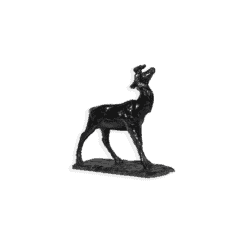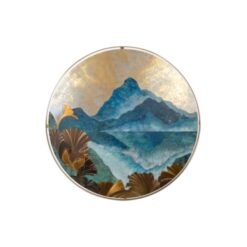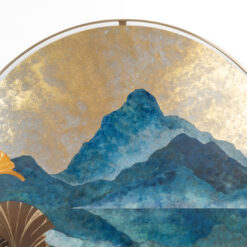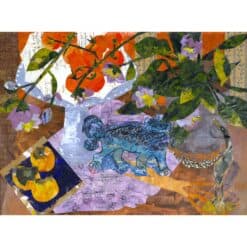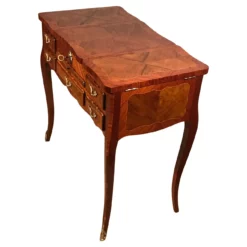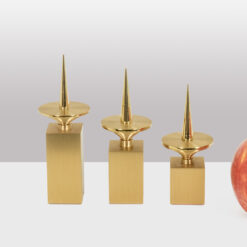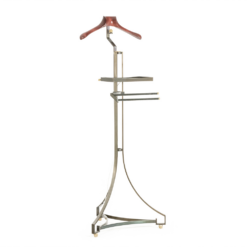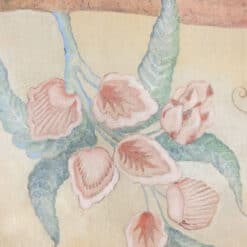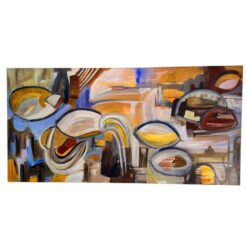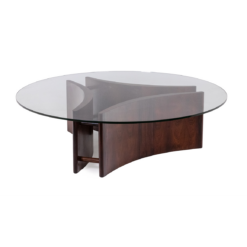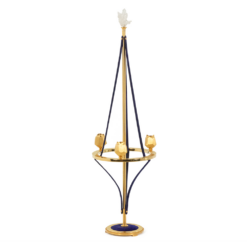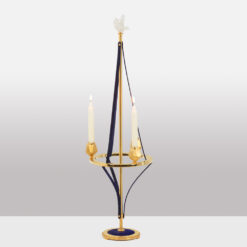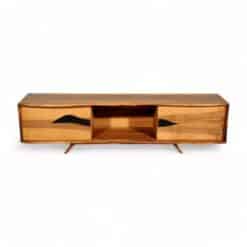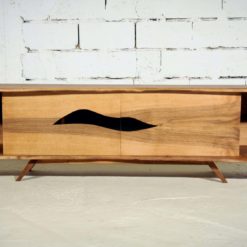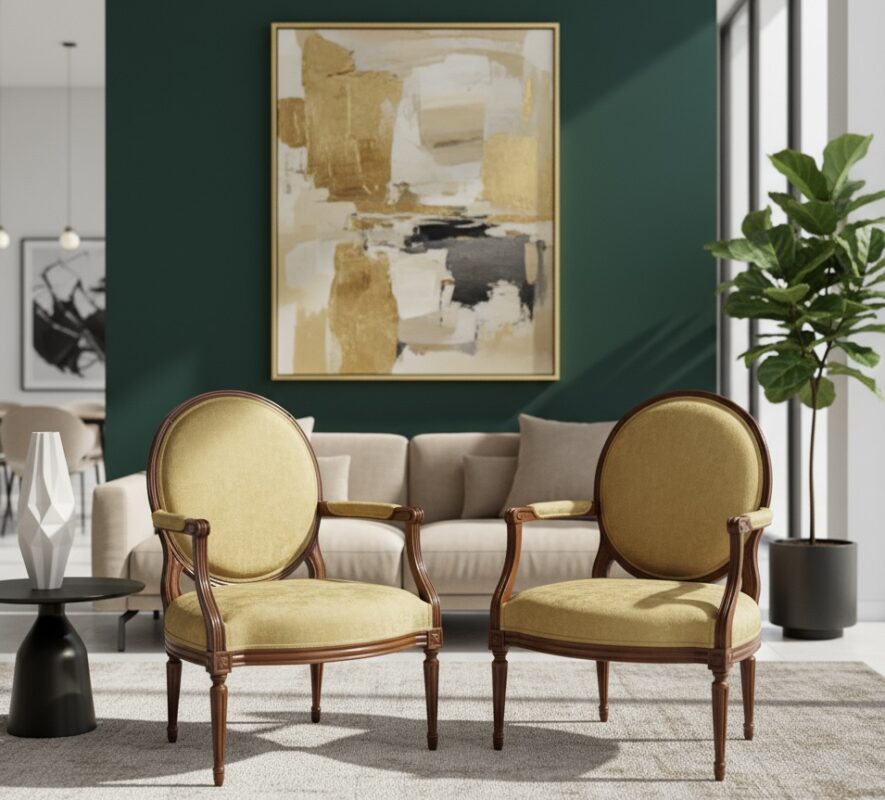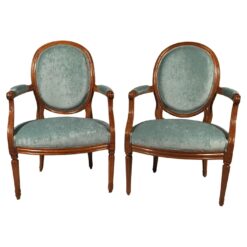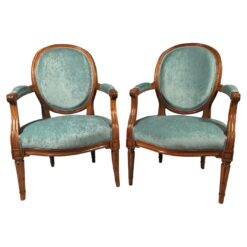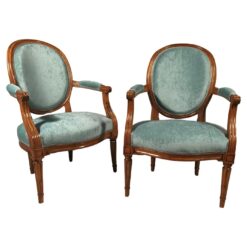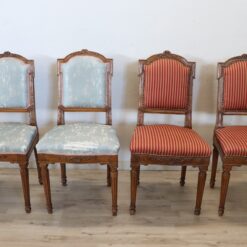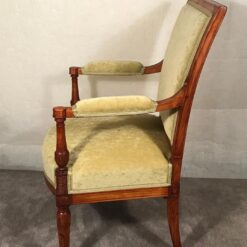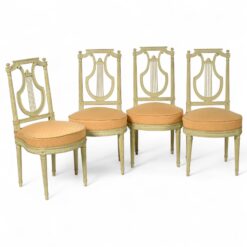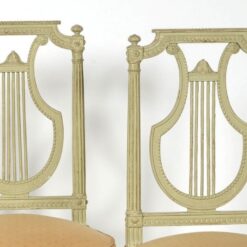Best Sellers
Antique Furniture Guide, Chairs, Furniture, How-To & Inspiration, Style
Louis XVI Chairs vs. Louis XV Chairs: Understanding the Difference
French furniture has long defined elegance, craftsmanship, and taste. Among its most celebrated creations are the chairs of the Louis XV and Louis XVI periods — two iconic styles that mark the transition from Rococo exuberance to Neoclassical refinement. Though they share a lineage, their shapes, ornamentation, and spirit could not be more distinct. Understanding the difference between Louis XV and Louis XVI chairs not only reveals the evolution of French design but also helps collectors and decorators make informed, inspired choices.
The Louis XV Chair: Graceful Curves and Rococo Splendor
The Louis XV period (1715–1774) reflects the lighter spirit of 18th-century France. After the grandeur of Louis XIV’s Baroque style, furniture under Louis XV took on a more intimate, sensual character — perfect for the elegant salons of Parisian life.
Form and Structure
Louis XV chairs are instantly recognizable by their curved lines. The legs, called cabriole legs, sweep outward and inward in one continuous motion, often ending in delicate scroll feet. The backrests are rounded or serpentine, designed to follow the body’s contours for greater comfort. There are no straight lines — every element feels organic and fluid.
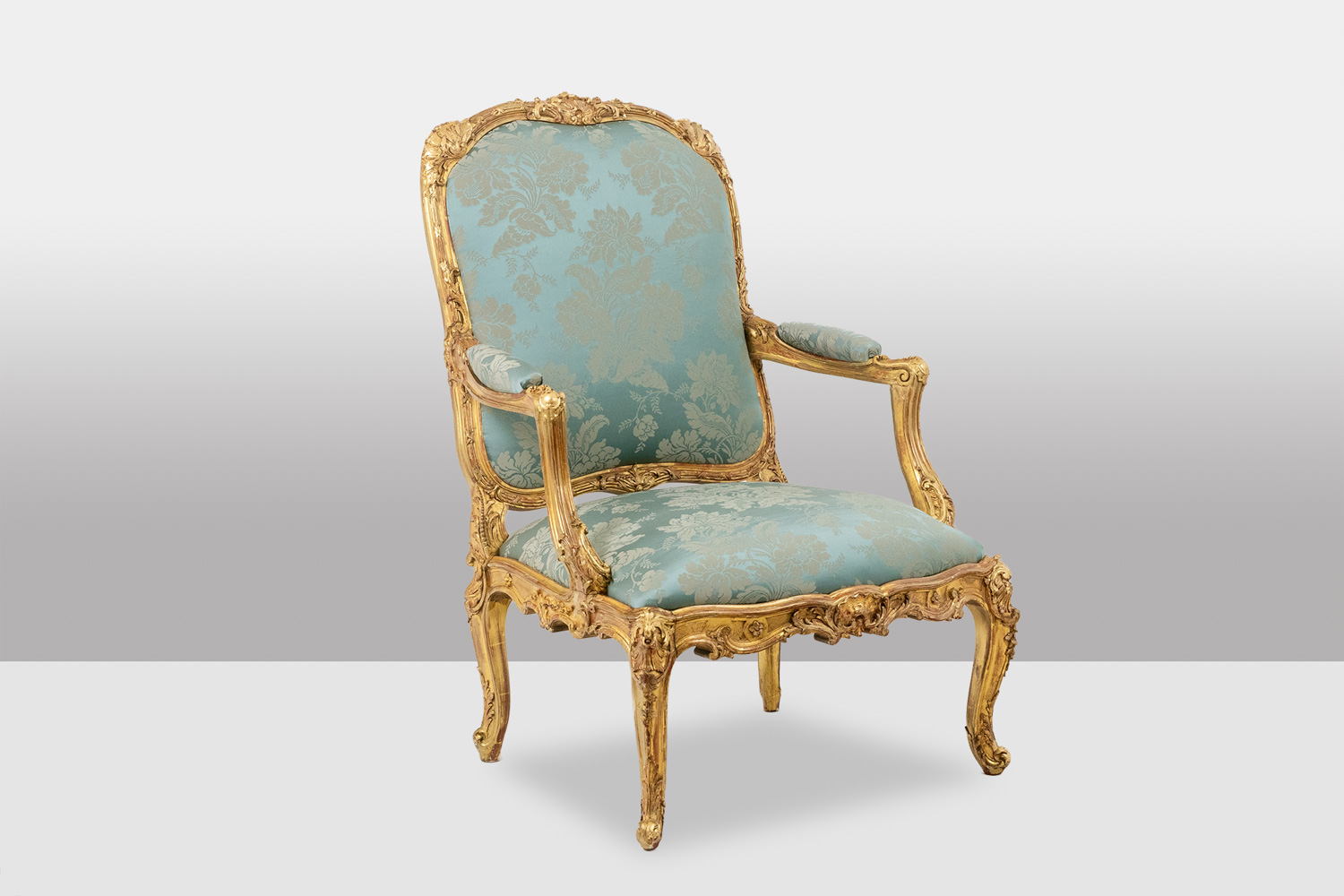
Decoration and Motifs
Rococo ornamentation dominates: shells, acanthus leaves, flowers, and scrolls embellish frames and crests. The carving was light, asymmetrical, and playful. Gilding, painted finishes, and rich upholstery — often in silk damask or floral brocade — amplified the sense of luxury.
Spirit and Function
The Louis XV chair celebrates comfort and intimacy. Designed for conversation and leisure, these pieces were made for private rooms rather than formal state settings. The curved silhouette invites relaxation, while the exquisite detailing reflects the artistry of 18th-century Parisian guilds.

The Louis XVI Chair: Classical Symmetry and Refined Geometry
When Louis XVI ascended the throne in 1774, a new aesthetic emerged — calm, structured, and inspired by classical antiquity. The exuberant Rococo gave way to the Neoclassical. Furniture forms became more architectural, echoing the columns, friezes, and proportions of ancient Greece and Rome.

Form and Structure
Louis XVI chairs are defined by straight lines and clear geometry. The legs are fluted and tapered, resembling columns. The backs are rectangular or oval, creating a more formal and upright posture. Symmetry replaced asymmetry; grace was found in proportion rather than movement.
Decoration and Motifs
Decoration remained important but became restrained and orderly. Instead of shells and scrolls, you’ll find garlands, rosettes, laurel wreaths, pearls, and Greek key patterns. The carving is crisp and refined, highlighting craftsmanship without overwhelming the design.
Spirit and Function
The Louis XVI chair expresses rational beauty — elegant but disciplined. It evokes the Enlightenment ideal of harmony and reason. While Louis XV furniture invites you to lounge, Louis XVI furniture asks you to sit up straight and admire the balance of its form.
Comparing the Two: Movement vs. Structure
| Feature | Louis XV | Louis XVI |
|---|---|---|
| Period | 1715–1774 | 1774–1793 |
| Style | Rococo | Neoclassical |
| Lines | Curved, flowing | Straight, geometric |
| Legs | Cabriole | Fluted and tapered |
| Backrest | Rounded or serpentine | Oval or rectangular |
| Motifs | Shells, flowers, scrolls | Garlands, rosettes, pearls |
| Mood | Playful, romantic | Calm, formal |
| Inspiration | Nature | Antiquity |
The contrast is striking: Louis XV chairs dance, while Louis XVI chairs stand still. One celebrates movement and emotion; the other values symmetry and restraint. Together, they represent two sides of the same cultural moment — the shift from Rococo pleasure to Neoclassical order.
Collecting and Decorating with Louis XV and Louis XVI Chairs
Today, both styles remain highly sought after by collectors and interior designers. Their timeless forms blend beautifully into contemporary settings, especially when paired with contrasting textures or modern art.
Louis XV Chairs in Modern Spaces
A Louis XV chair can soften a minimalist room with its romantic curves and warm wood tones. Place one beside a sleek console or in a cozy reading nook to introduce a sense of movement and intimacy. Gilded or painted finishes also pair wonderfully with neutral palettes, adding depth and history without overwhelming the space.
Louis XVI Chairs in Modern Spaces
Louis XVI chairs, with their architectural lines and tapered legs, complement both traditional and modern interiors. They work beautifully as dining chairs or as elegant accents in a hallway or bedroom. Their geometric shapes bring a quiet sophistication that feels timeless — especially when upholstered in linen, velvet, or bold contemporary fabrics.

Mixing the Two Styles
Combining Louis XV and Louis XVI pieces can create an interior rich with historical dialogue. The contrast between Rococo exuberance and Neoclassical restraint adds visual interest — a reminder that great design evolves but never loses its essence.
The Lasting Legacy of French Craftsmanship
What unites both styles is the extraordinary craftsmanship of 18th-century French artisans. Whether carving the playful curves of a Louis XV bergère or the crisp flutes of a Louis XVI fauteuil, cabinetmakers and gilders worked with precision and artistry rarely matched today. These chairs were built not only for beauty but for endurance — which is why so many remain in remarkable condition centuries later.
For collectors, owning one of these pieces means owning a fragment of design history. For decorators, it’s a way to infuse spaces with depth, narrative, and soul — qualities no mass-produced piece can replicate.
From Versailles to Modern Homes
From the gilded salons of Versailles to contemporary living rooms, Louis XV and Louis XVI chairs continue to embody the essence of French refinement. Whether you prefer the Rococo’s romantic charm or the Neoclassical’s serene symmetry, each style tells a story of elegance and evolution.
At Styylish, we celebrate this legacy by connecting collectors and designers with authentic antique pieces that bring centuries of artistry into today’s homes.

